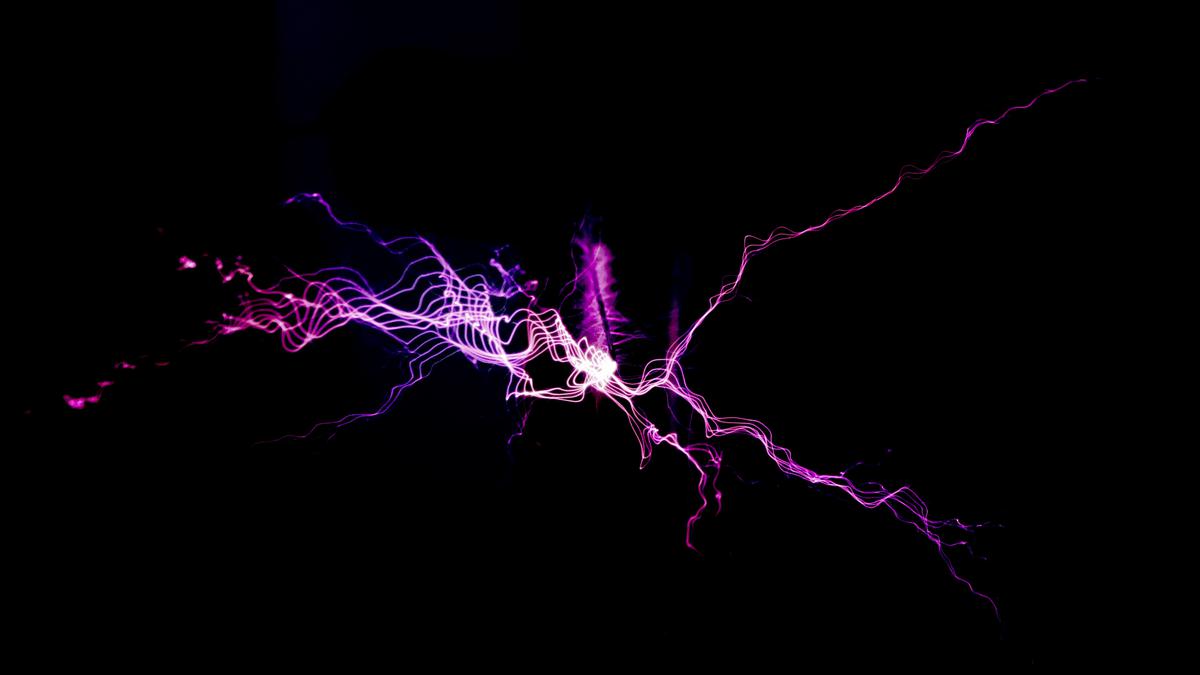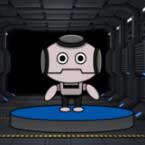
Study revives South Korea superconductivity claim with new data | Explained Premium
The Hindu
A group of scientists affiliated with research institutes in China and Japan have reported finding a sign of superconductivity in a material that was at the centre of a controversy last year over similar claims, called LK-99. This time, they have reported re-synthesising the material using a “state of the art” technique and have tried to measure its magnetisation hysteresis loops.
A group of scientists affiliated with research institutes in China and Japan have reported finding a sign of superconductivity in a material that was at the centre of a controversy last year over similar claims.
Their study is described in a preprint paper they uploaded to the internet on January 2. (A preprint is a paper the authors have finished writing and is yet to be peer-reviewed.)
While the study has already drawn some attention in the scientific community, the researchers who conducted it and others are proceeding with caution – some rooted in the superconductivity controversies that erupted last year and some in the study itself.
The sign in question is called the Meissner effect. It is one of a few ‘effects’ certain materials exhibit when they’re able to conduct electric currents without any resistance – i.e. when they become superconductors. The researchers have reported in their paper that they observed the Meissner effect in a compound called copper-substituted lead apatite.
Scientists know many types of materials that become superconducting in different conditions – metals, metallic compounds, ceramics, hydrides, etc. They all have one thing in common: they become superconducting either when they’re cooled to extremely low temperatures or when they’re subjected to extremely high pressures.
Many scientists are looking for a material that becomes superconducting at room temperature and pressure (RTP). Aside from scientific curiosity, such a material would have applications worth several billion dollars. It could be used to make wires that transport electricity with zero loss; such transmission losses are the largest source of electric energy loss in the world today.
The material will also have uses in medical diagnostics, computing, power generation, advanced electronic circuits, and many other fields. For example, the water-absorbing properties of modern diapers were first tested with particle accelerators, which use superconducting magnets to work.

The Leela Palace Chennai presents the seven edition of Shefs at The Leela in collaboration with ‘Dean With Us’ — the mother-daughter duo of Rupali and Akansha Dean. The event honours the transformative role of Indian women chefs who are shaping the future of gastronomy. After past editions hosted across Bengaluru, Gurugram, Chennai, and Jaipur, the seventh edition in Chennai will bring together four women chefs — Sambhavi Joshi, Taiyaba Ali, Sehaj Ghuman and Bunuma Patagiri, who will bring their years of expertise into curating a menu that speaks both of their work and India’s diverse culinary heritage.

 Run 3 Space | Play Space Running Game
Run 3 Space | Play Space Running Game Traffic Jam 3D | Online Racing Game
Traffic Jam 3D | Online Racing Game Duck Hunt | Play Old Classic Game
Duck Hunt | Play Old Classic Game










